A surprising shift in human origins research.
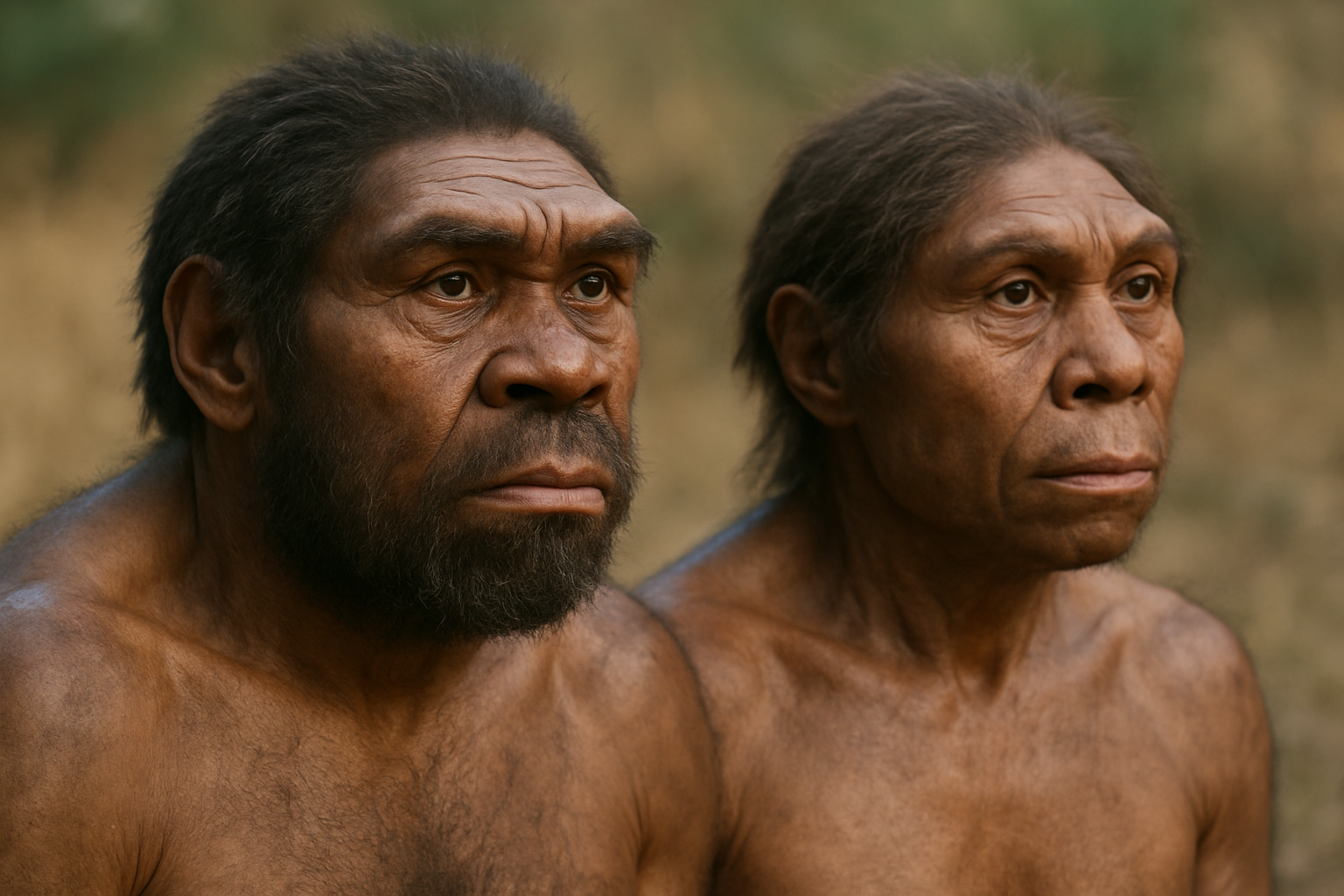
Modern genetics has opened windows into the past that earlier scientists could only guess at. Now researchers are gathering evidence that our species may come from two ancient populations rather than a single source, and both groups almost certainly had dark skin due to the intense sunlight in early African environments.
This fits into the larger story because it reflects how early humans adapted to their surroundings long before expanding across the world. Instead of imagining one uniform population slowly spreading outward, scientists now see two groups separating, changing over long periods and eventually merging to form all of us.
1. Two ancient groups separated very early in human history.
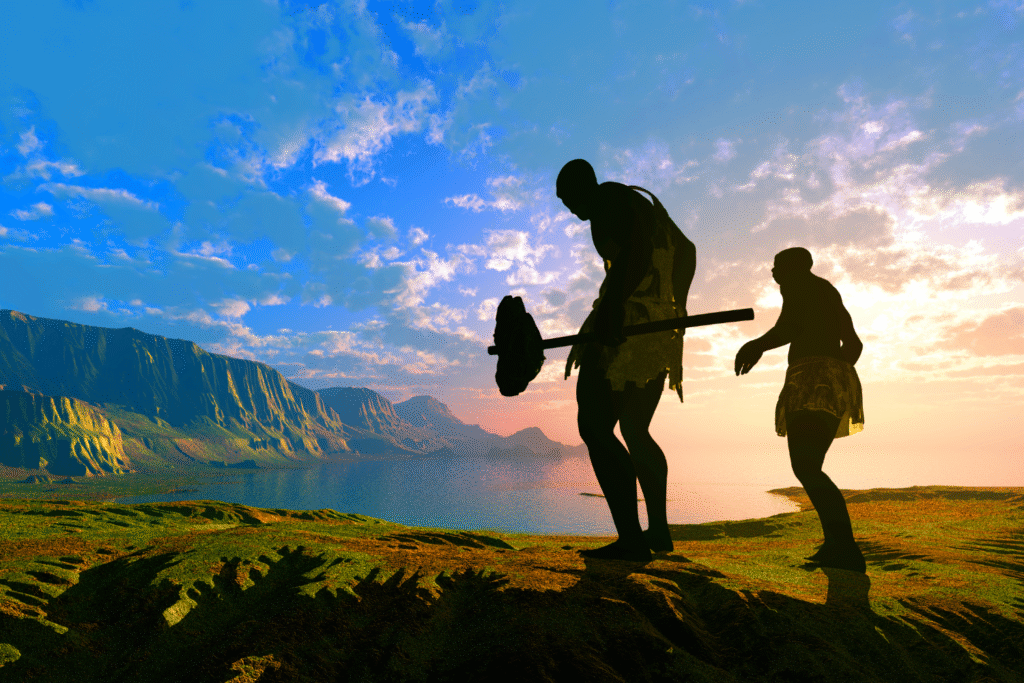
Researchers from the University of Cambridge examined large scale genome data and uncovered a split between two ancestral human groups that occurred around one and a half million years ago, according to the study. The discovery suggests that early humans were not a single unified population moving forward at the same pace.
Instead these groups developed in parallel for a very long time before eventually coming together again. It shifts the conversation about human origins by showing that our story has been unfolding through multiple branches that eventually wove themselves into one line.
2. These groups reconnected during a major mixing event.
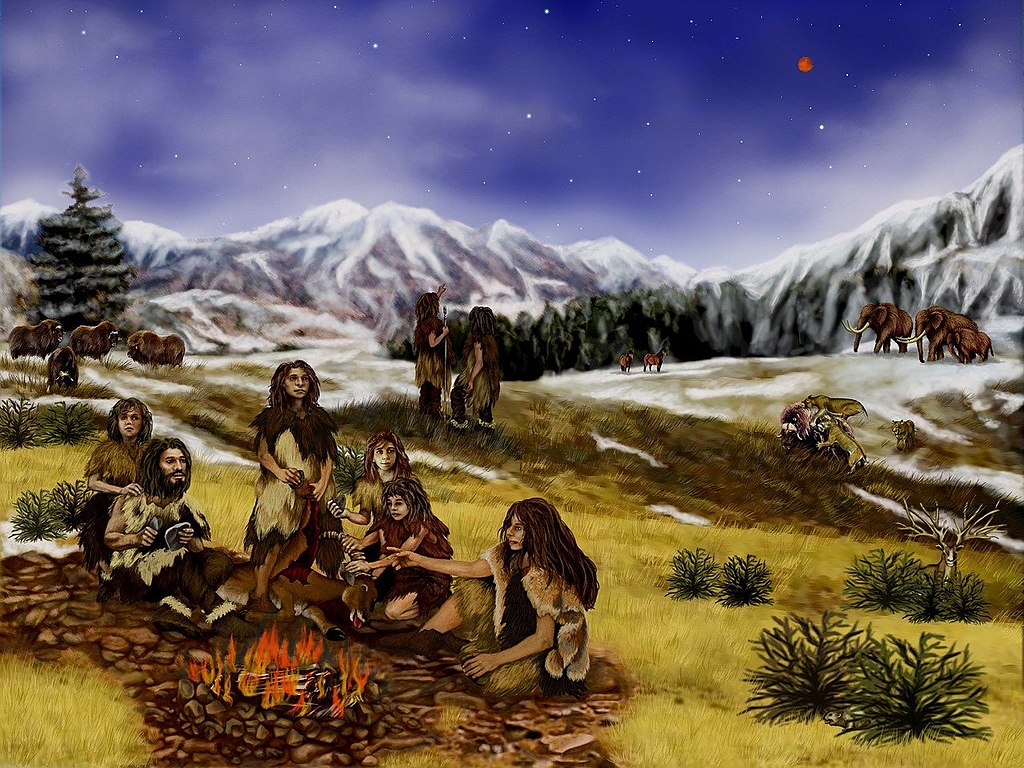
Hundreds of thousands of years after the separation these two ancient populations reunited to create the genetic foundation shared by modern humans, as reported by Discover Magazine. This mixing event likely happened around three hundred thousand years ago and created a population with traits inherited from both earlier groups. It adds texture to the story because it highlights that our ancestors were not static.
They met, blended, and formed entirely new communities that carried their combined traits forward over time. That sense of movement makes the human story feel far more dynamic than many people realize today.
3. Modern humans carry ancestry from both ancient populations.
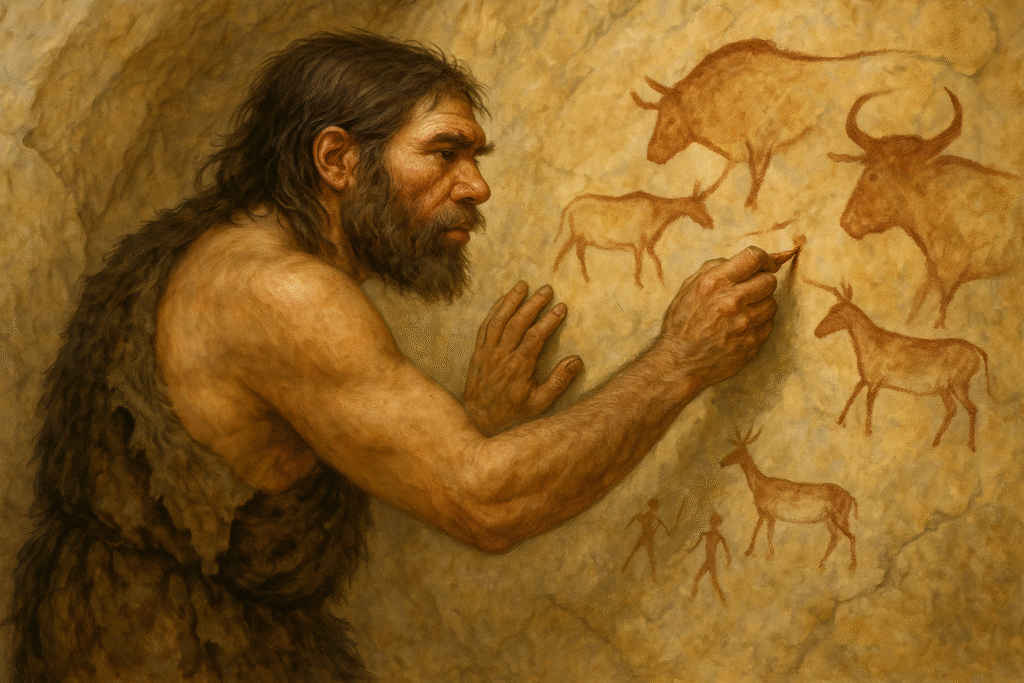
The genetic model that scientists use shows that roughly eighty percent of modern human ancestry comes from one group and about twenty percent from the other, as stated by recent findings. That mix suggests that the two lineages did not contribute equally when they merged.
One was likely larger or more widespread and the other added a smaller but still significant portion to our genetic makeup. Understanding that balance helps explain why modern humans share so many traits while also displaying wide ranges of variation. It gives a clearer sense of how our species gathered its complexity over deep time.
4. This model expands the traditional single origin idea.
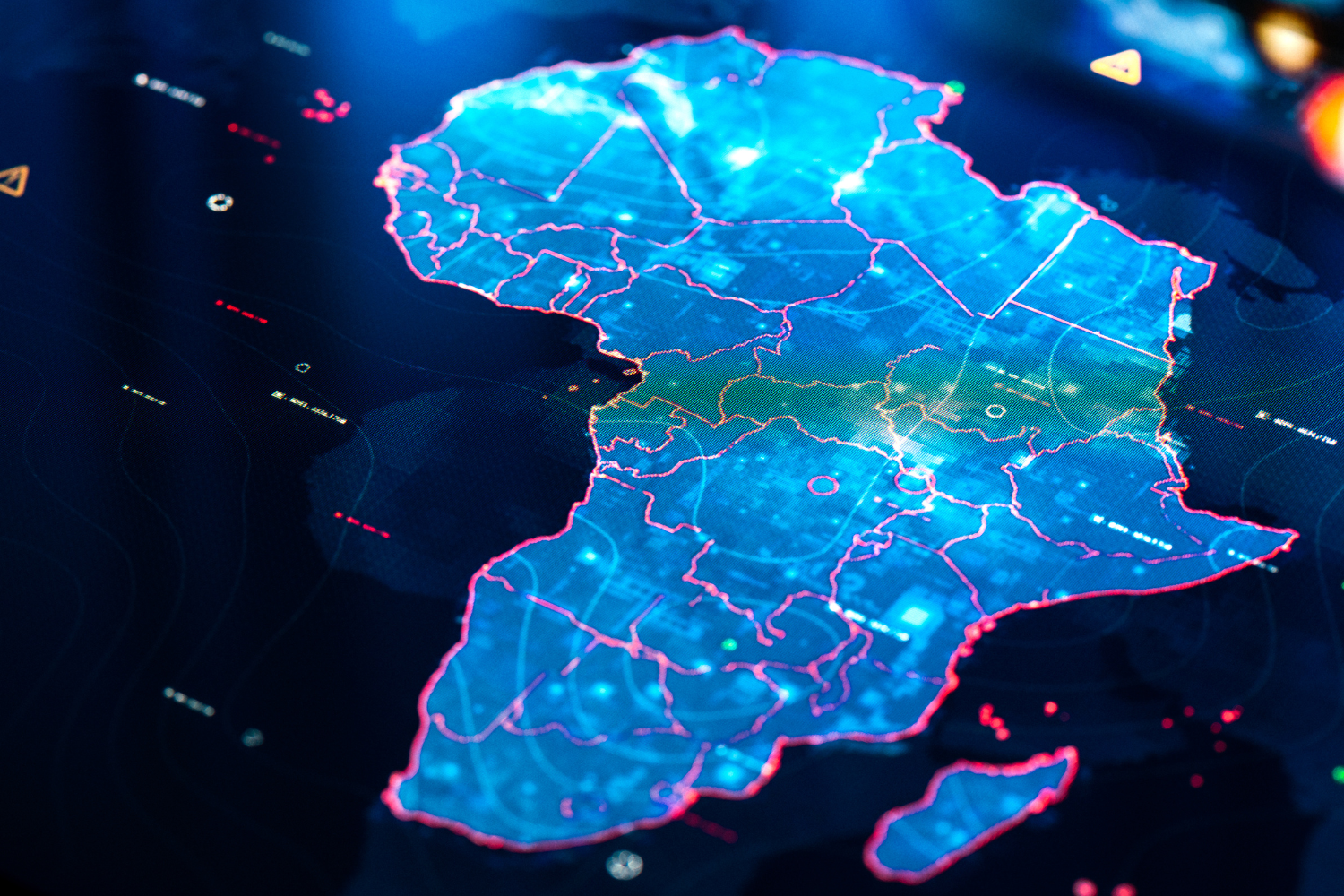
Although many people learned that humans originated from one group in Africa, this updated research shows a richer story. The two groups in question still lived on the African continent, but they developed separately before coming back together in a way that shaped all of us.
This means that early human history involved movement, separation and long periods of independent evolution before merging again. It does not erase the older model, it simply fills in details that were missing before and makes the early chapters of human history feel more layered and connected.
5. Their reunion shaped traits still found in people today.

Every time populations meet and blend they share genes that influence traits for generations. These ancient groups passed down variations that eventually shaped things like immunity, environmental adaptation and perhaps even aspects of physiology that carry subtle effects now. Understanding how these traits emerged can help researchers explain why different populations respond uniquely to illness or climate.
When you trace those patterns far enough back they lead to the same ancient blend that formed the earliest modern humans. It makes our shared ancestry feel both distant and surprisingly personal.
6. Ancient structure in human populations lasted a long time.
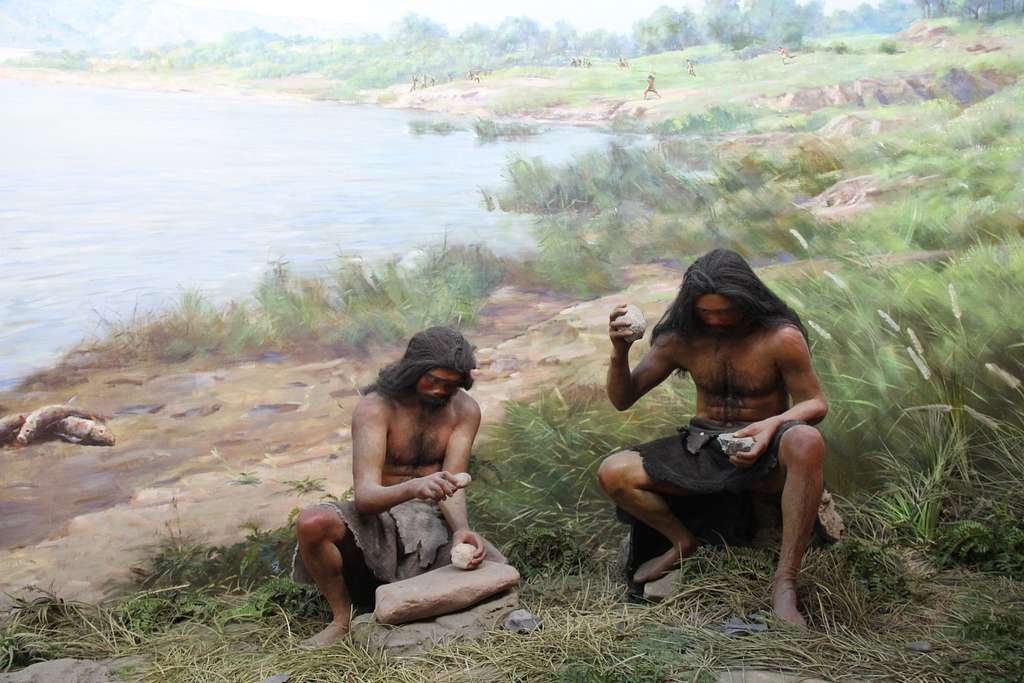
Scientists now believe that early human groups were more structured and stayed separate longer than once assumed. Instead of merging quickly they spent long periods adapting to their own environments and then merged in a dramatic event that shaped everything afterward.
That extended separation explains why the mixing left such clear signals in our genes today. It also helps researchers map ancient movements with more precision because the mixed ancestry acts like a timestamp in our DNA. The endurance of those early structures continues to reshape what we thought we knew about the human story.
7. New genetic tools made this discovery possible.

Advances in genome sequencing allow scientists to detect patterns that were invisible to earlier generations of researchers. These tools can pick up faint signs of ancient splits and reunions buried deep in our DNA.
They also allow scientists to test multiple models until the one that fits the data becomes clear. With each improvement the picture grows sharper and details from incredibly distant eras come into focus. It demonstrates how much more there is to learn as technology keeps evolving and makes earlier assumptions easier to revisit with fresh eyes.
8. Our human story becomes a web rather than a straight line.
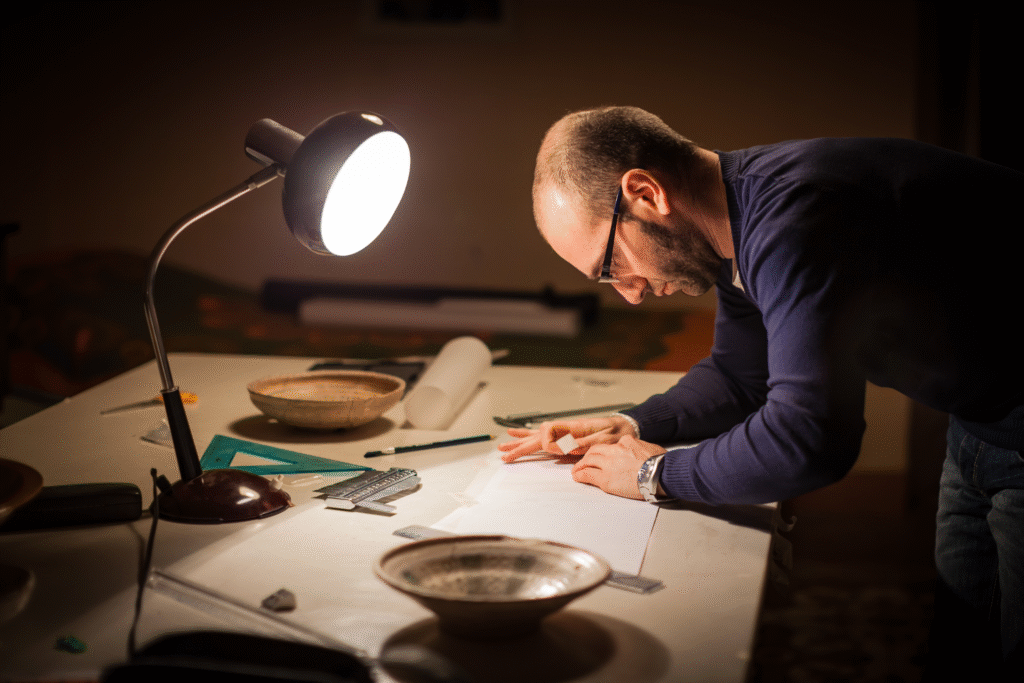
Instead of imagining humanity branching off once and expanding neatly outward, this model encourages a view of early humans moving, meeting, separating and coming together again over long periods. That makes our origins look less like a simple family tree and more like a woven pattern of interactions.
It brings a sense of life to the story, because our ancestors were constantly responding to their surroundings and to each other. Accepting that does not complicate the story in a discouraging way, it simply makes it more accurate and more interesting.
9. Shared ancestry highlights how connected modern humans are.

Even with all the differences across populations around the world the roots run back to the same merging of those two ancient groups. That means modern humans are incredibly close genetically, far more than many expect.
It also emphasizes how recent our differences really are when compared to the long timeline of our shared history. Thinking about ancestry in this way reinforces the idea that humans everywhere belong to the same extended family shaped by the same deep ancient events.
10. The findings open the door for new questions ahead.

Although this research offers a clearer view of our origins it also raises new questions about where these ancient groups lived, how they interacted and what drove them apart in the first place. Future studies will explore how these populations moved and what caused them to reconnect.
They may even uncover more ancient groups that contributed small pieces to our story. For now the discovery of two major ancestral populations shifts the foundation of human origins and leaves plenty of room for deeper exploration in the years ahead.
